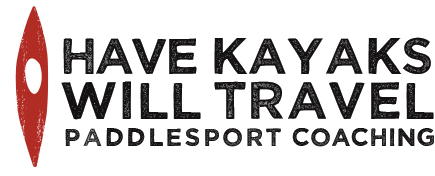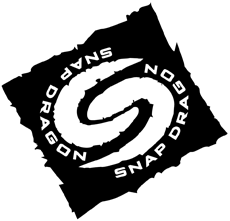A foggy morning at 63rd Street beach. The breakwall 100 feet to the right is invisible. (Photo by Lyn Stone.) This has been a season of extreme weather. We’ve had torrential downpours, heat waves, gale-force winds and thick fog–sometimes all in the course of 24 hours. Paddlers need to pay attention to the weather, but looking at the all-purpose local forecast is rarely enough. We start there, but then we turn to a combination of regional radar, marine forecast, nearby weather reporting stations, and good old-fashioned observation to get a more sophisticated sense of what conditions we’ll experience on the water. Some of these sources are easy to identify. In our area, they include: The Weather Underground forecast for the Chicago Lakefront. The regional radar that shows what might be coming. The near-shore marine forecast. The current and recent conditions reported at the Harrison Street crib, for what is actually happening on the lake. The Great Lakes wave forecast. The model of projected fronts and temperature gradients that suggests how the weather may look up to 5 days out. We’ve also acquired a small library of books that help us understand the weather and decode the evidence around us. Five of our favorite weather books. These sources are only as useful as the context you put them in, however. We compare what they suggest to what actually happens, and over time we’re developing a pretty good ability to know what’s coming and get off the water in time if it’s something bad. Ominous clouds. Another afternoon when we got off the water before the storm hit–this time with...
Testimonials
When I first met Alec and Sharon, their skills immediately stood out and I felt I wanted to get to know them better...
I had been hearing of the Bloyd-Peshkins for nearly a year when I finally met them at a pool session...
View more testimonials >
Ralph Akers
- LaPorte, IN
- LaPorte, IN
I had been hearing of the Bloyd-Peshkins for nearly a year when I finally met them at a pool session...
Sue Quattrochi
- Princeton, IL
- Princeton, IL
View more testimonials >







